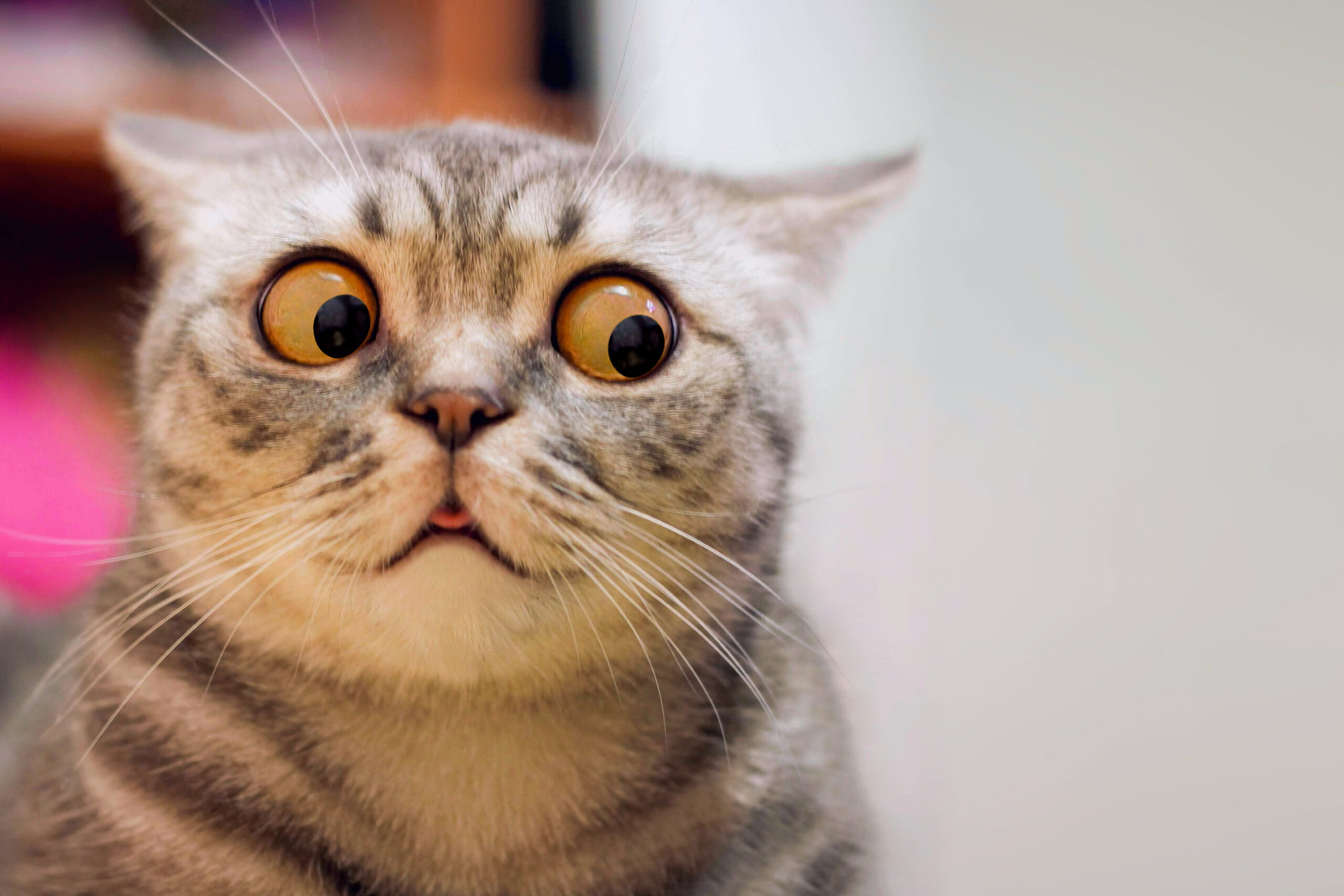Cats, with their curious nature, can often find themselves in precarious situations within our homes. Many everyday items, seemingly harmless to us, can pose significant risks to our feline friends. From common household plants to the enticing flicker of a candle flame, it’s important for cat owners to be aware of these potential dangers.
In this list, we’ll explore often-overlooked hazards that could threaten your beloved pet’s health, helping you to create a safer environment for your furry companion.
1. Lilies
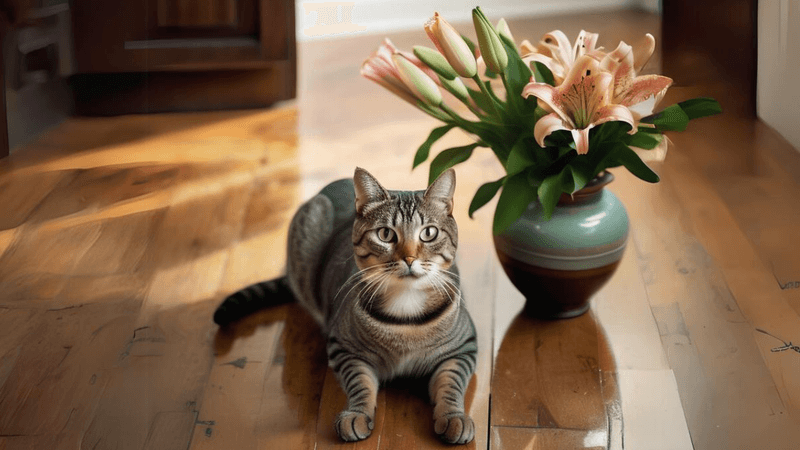
Lilies are beautiful, yet they hide a dangerous secret. Every part of the plant, from petals to leaves, is toxic to cats. Even a small nibble or accidental pollen ingestion can lead to severe kidney failure. Cats may exhibit symptoms such as vomiting, lethargy, and loss of appetite.
If you suspect your cat has come into contact with lilies, immediate veterinary care is crucial. Time is of the essence, as early treatment can prevent serious complications. Consider removing lilies from your home to eliminate the risk altogether.
Opt for cat-safe flowers like roses or sunflowers. There are many pet-safe plants out there to brighten your home without endangering your pet. Always check plant toxicity before introducing new greenery into your space. Awareness and preventative measures can save your feline friend’s life.
2. Household Cleaners
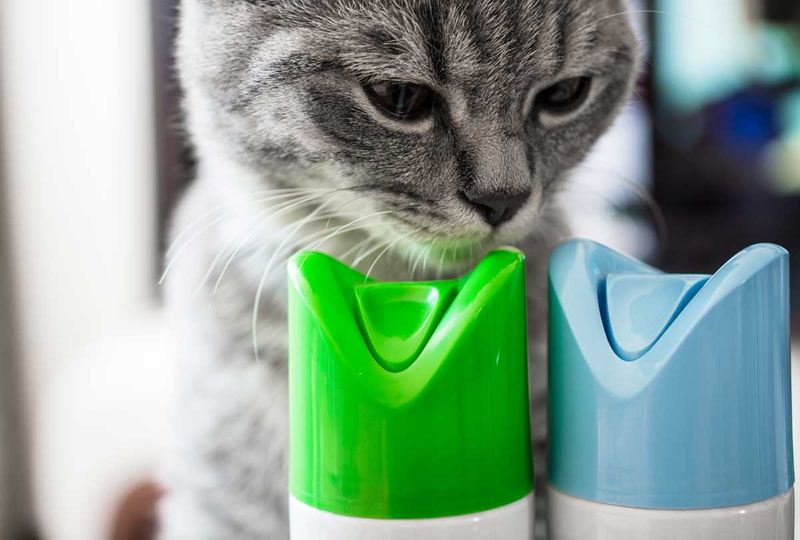
Household cleaners often contain chemicals like bleach and ammonia that are harmful to cats. These substances can cause respiratory issues, skin irritation, or even poisoning if ingested. Cats may walk through a freshly cleaned area and ingest toxins while grooming.
It’s important to store cleaning products securely and ensure surfaces are dry and free of residues. Consider using pet-safe alternatives to avoid potential hazards. Many eco-friendly cleaning products are available that are less harmful to pets.
Regularly ventilate areas after cleaning to disperse any lingering fumes. Being mindful of what products you use can safeguard your cat’s health and wellbeing.
3. Electrical Cords
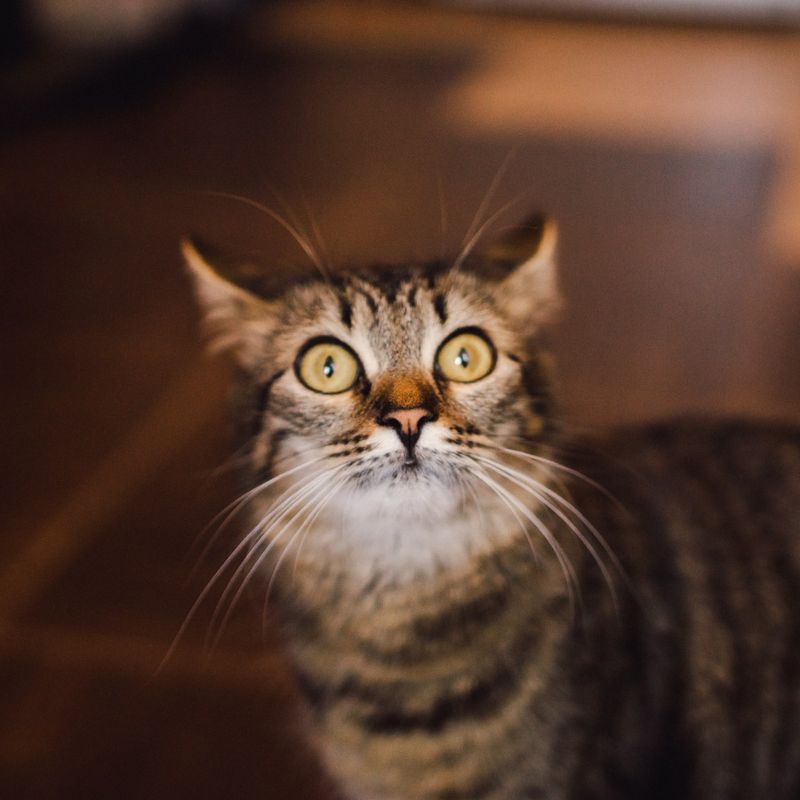
Electrical cords, with their snake-like appearance, can attract playful cats. Chewing on cords can result in severe mouth burns, shocks, or even electrocution. Kittens and younger cats are especially prone to this dangerous behavior.
To prevent accidents, use cord covers or bitter-tasting sprays designed to deter pets. Secure cords out of reach or behind furniture to minimize temptation. Providing plenty of toys and engaging playtime can also redirect their curiosity.
Be consistent in inspecting cords for signs of chewing damage, and replace any that appear compromised. Protecting cords not only keeps your electronics safe but also ensures your cat’s safety.
4. Human Food
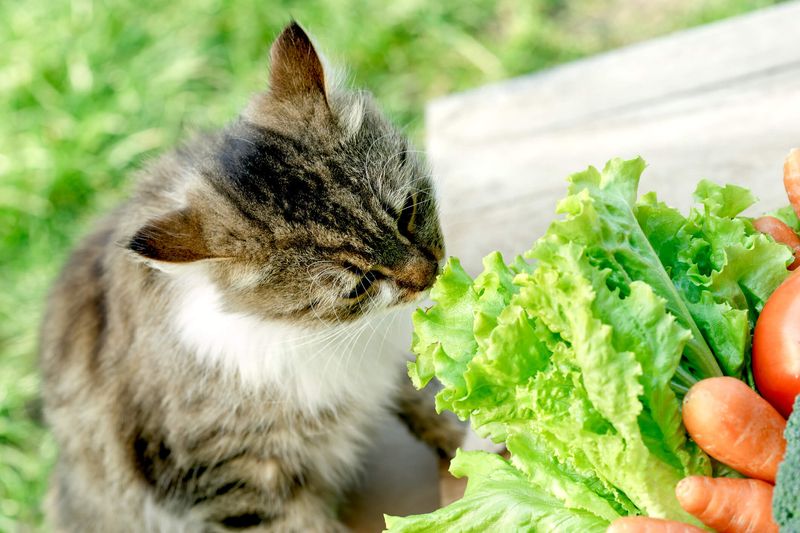
Many foods that are safe for humans can be toxic to cats. Chocolate, onions, garlic, and grapes are just a few examples of foods that can cause severe health issues. Even small amounts can lead to gastrointestinal upset or worse.
Always keep food out of your cat’s reach, and educate family members about the dangers of sharing snacks. Securely dispose of leftovers and food wrappers to prevent curious cats from rummaging through trash. If you suspect ingestion of hazardous food, contact your veterinarian immediately.
Knowing what foods are harmful is a key step in protecting your feline family member.
5. Essential Oils
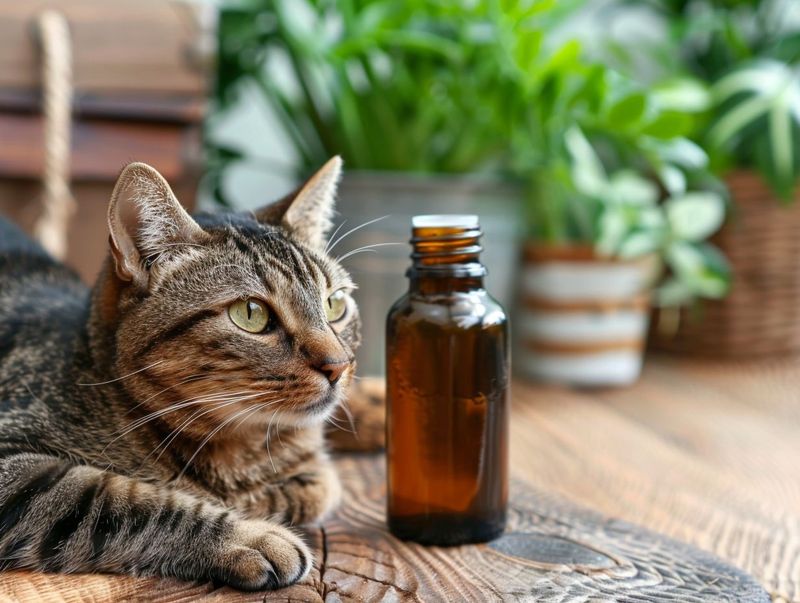
Essential oils are popular for their aromatic and therapeutic benefits, but they pose risks to cats. Oils like tea tree, eucalyptus, and citrus can cause respiratory distress, skin irritation, or even liver damage. Cats are particularly sensitive due to their unique liver metabolism, which makes it difficult to process certain compounds.
Avoid using diffusers in areas where your cat spends time, and never apply oils directly to their skin. Opt for cat-safe alternatives or consult with a veterinarian before introducing new scents into your home. Being cautious with essential oils can prevent unnecessary health issues.
6. Plastic Bags
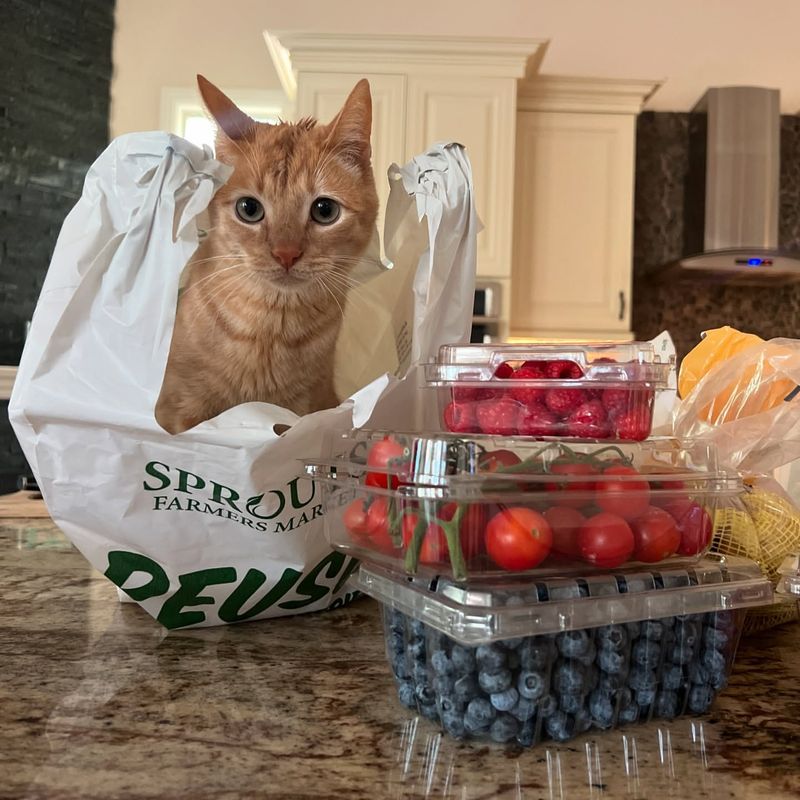
Plastic bags, often seen as harmless toys, can lead to suffocation or intestinal blockages in cats. The crinkly sound may attract them, but playing with bags poses a serious risk. Store plastic bags securely out of reach, and consider swapping them for reusable cloth bags.
If you notice your cat playing with a bag, intervene immediately to prevent any accidents. Providing safe toys like balls or feather wands can satisfy their playful nature without the associated dangers. Ensuring safe playtime alternatives helps keep your cat healthy and entertained.
7. Fireplaces And Candles

Open flames are mesmerizing to cats but present a danger. Curious cats may singe their fur or suffer burns if they get too close to a candle or fireplace. Always supervise your cat around open flames, and consider using flameless candles as a safer alternative.
Ensure fireplaces have secure screens to prevent accidental contact. By taking precautions and providing safe alternatives, you can enjoy a cozy ambiance without risk to your feline friend. Safety measures are essential in a pet-friendly home.
8. Medications
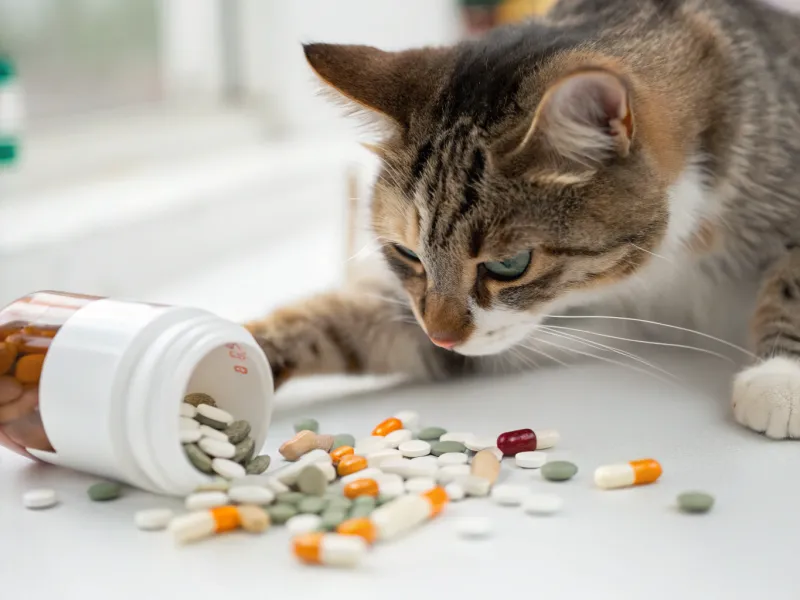
Human medications, including painkillers and cold remedies, can be extremely toxic to cats. Even a small dose can cause serious health issues, including kidney or liver failure. Store all medications securely in cabinets, and never leave pills within your cat’s reach.
If administering medication to your cat, follow veterinary directions precisely. If you suspect accidental ingestion, contact a veterinarian immediately. Quick action can be life-saving, emphasizing the importance of safe medication storage.
9. Pest Control Products
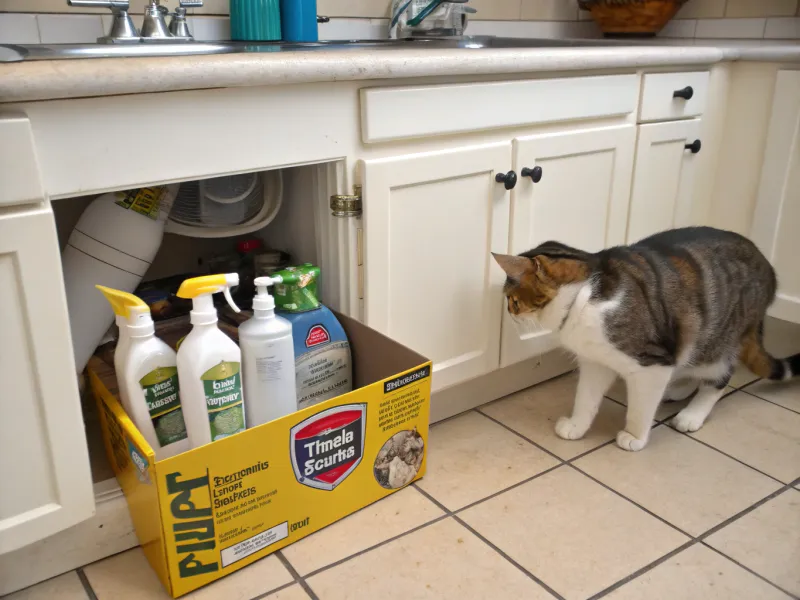
Pest control products, such as rodenticides and insecticides, pose severe risks to cats. Ingesting these toxins can lead to symptoms like seizures, internal bleeding, or even a fatal outcome. Utilize pet-friendly pest control methods, and keep all products out of your cat’s reach.
Read labels carefully to ensure the safety of any products used in your home. Consulting with pest control professionals on pet-safe options can provide peace of mind. Protecting your cat from these harmful substances is vital for their safety.
10. String And Yarn
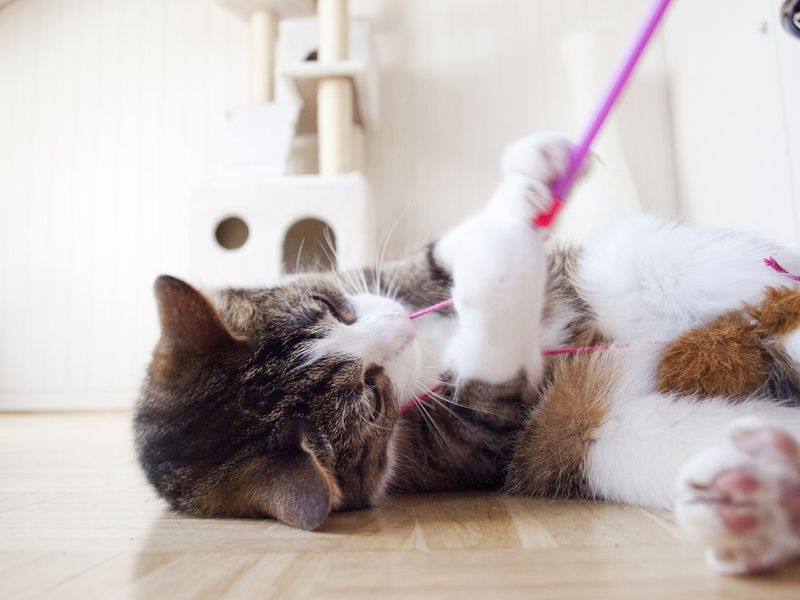
String and yarn, though fun to play with, can be hazardous if ingested. These materials can cause choking or intestinal obstructions, requiring surgical intervention. Supervise playtime with string toys, and store them safely when not in use.
Offer alternative toys, like balls or interactive puzzles, to keep your cat entertained. Regularly check toys for wear and tear, discarding any that pose a risk. Ensuring safe play helps maintain your cat’s health and happiness.
11. Aluminum Foil
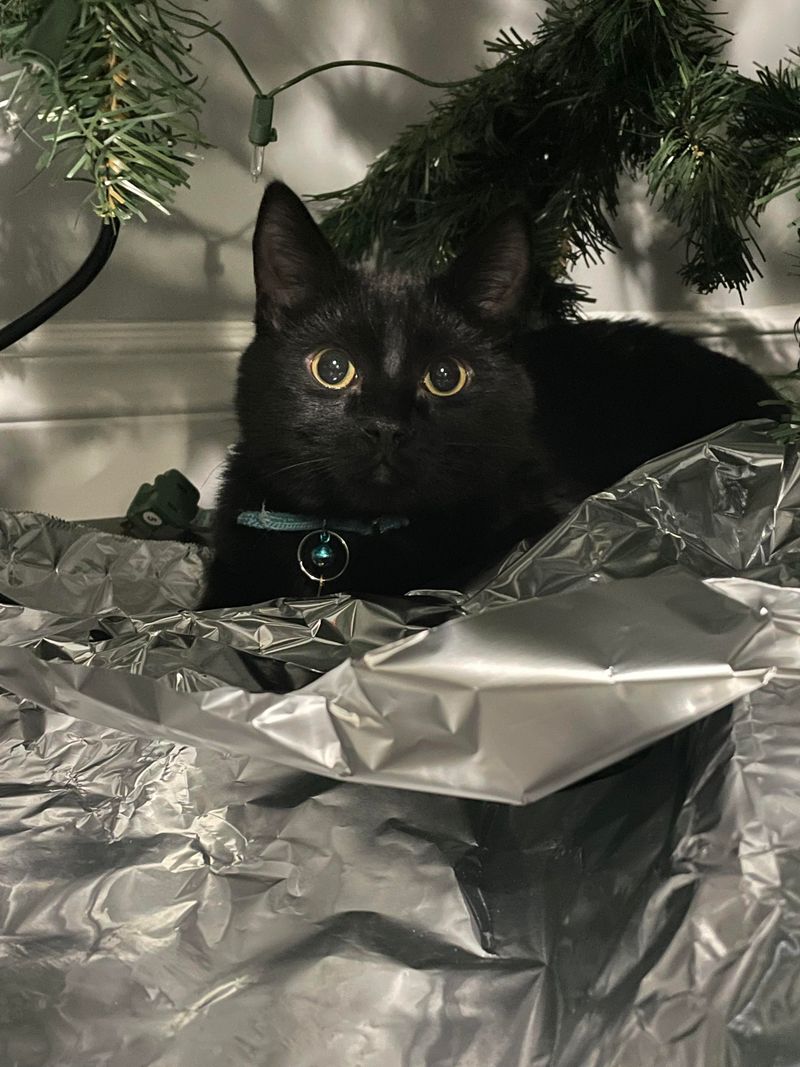
Aluminum foil, with its shiny surface, can attract curious cats. If ingested, it can cause blockages or tears in the digestive tract, leading to serious health complications. Avoid using foil as a toy or leaving it where your cat can access it.
Opt for cat-safe toys that provide similar stimulation without the risks involved. If you suspect your cat has ingested foil, seek veterinary care immediately. Offering safe and engaging play alternatives ensures your cat remains healthy and content.

